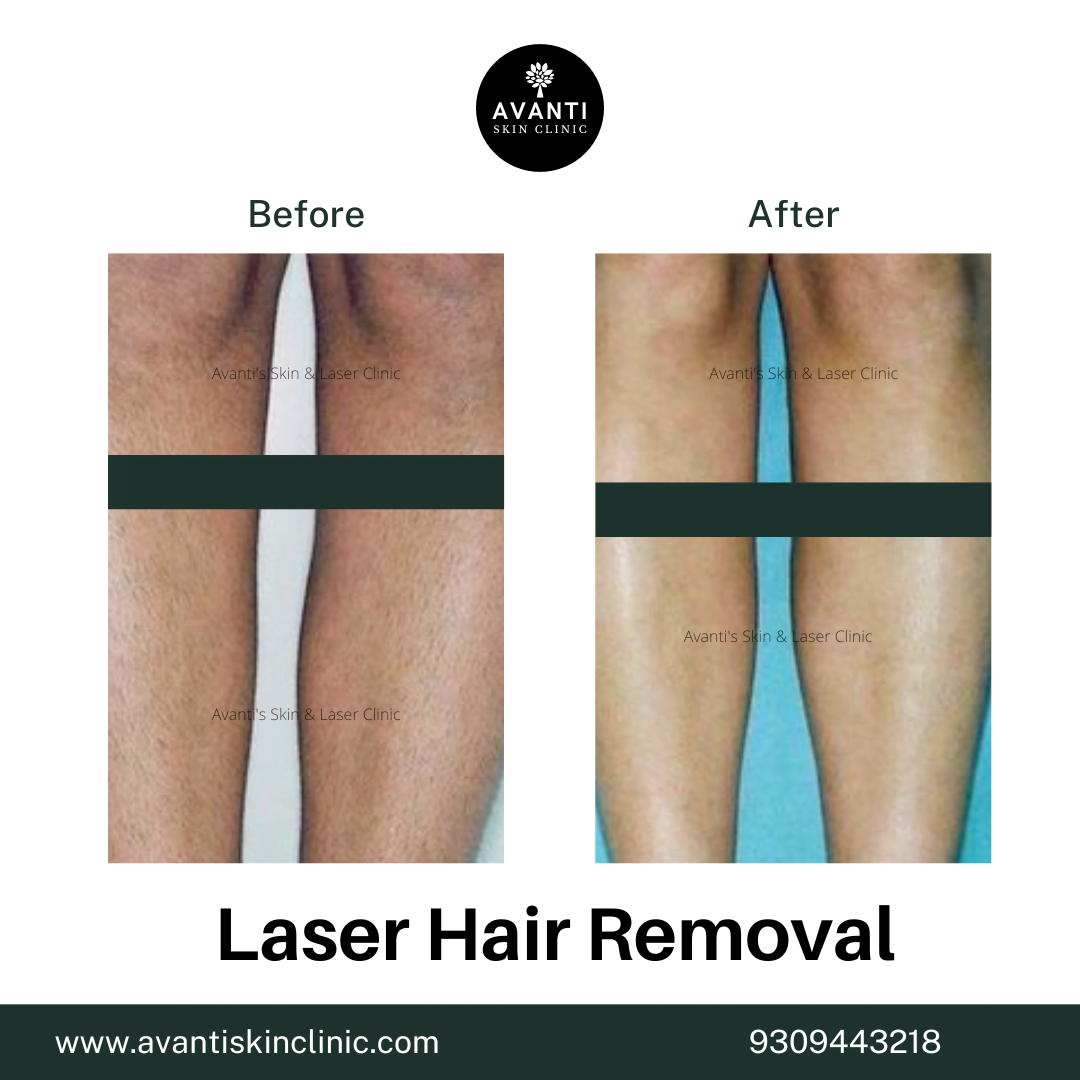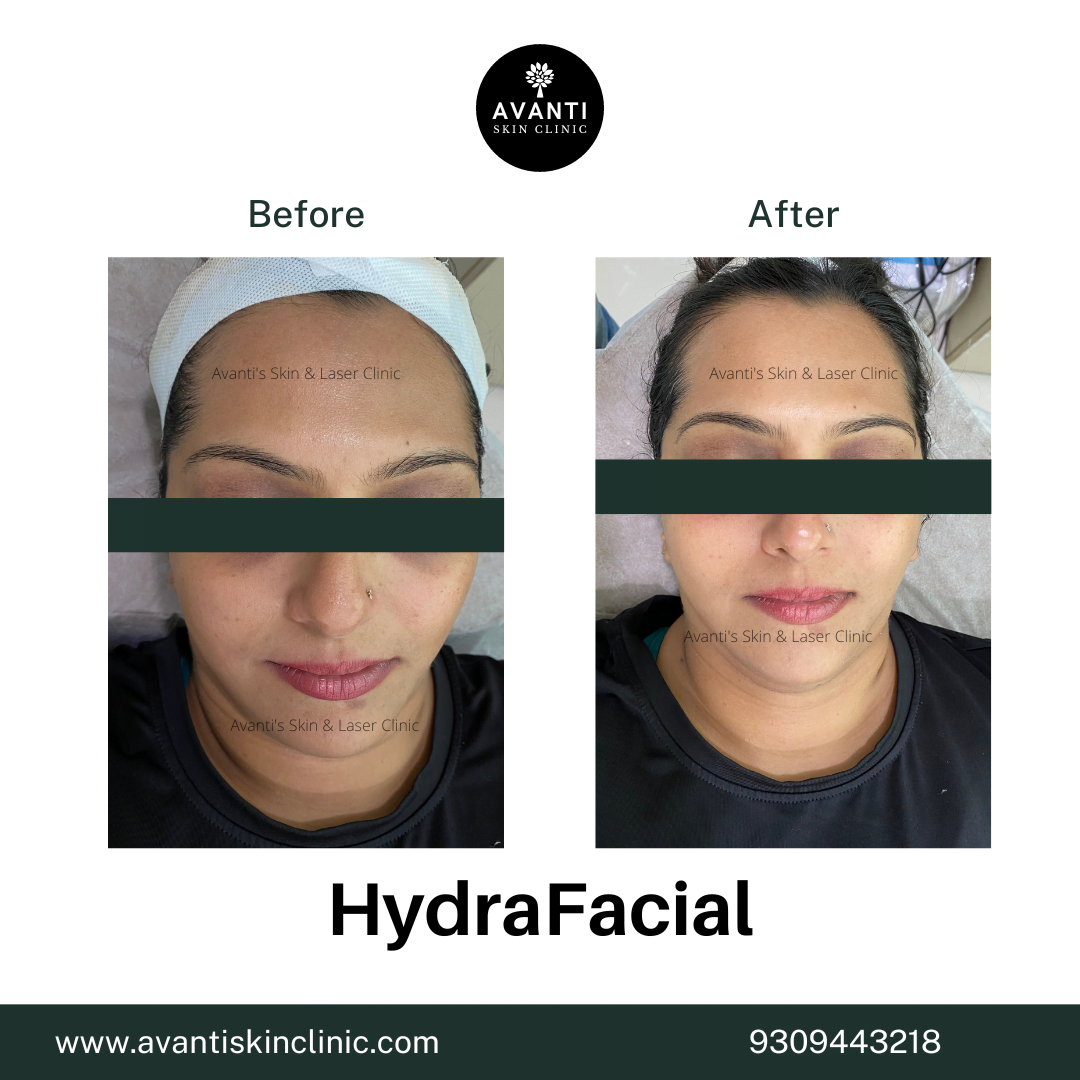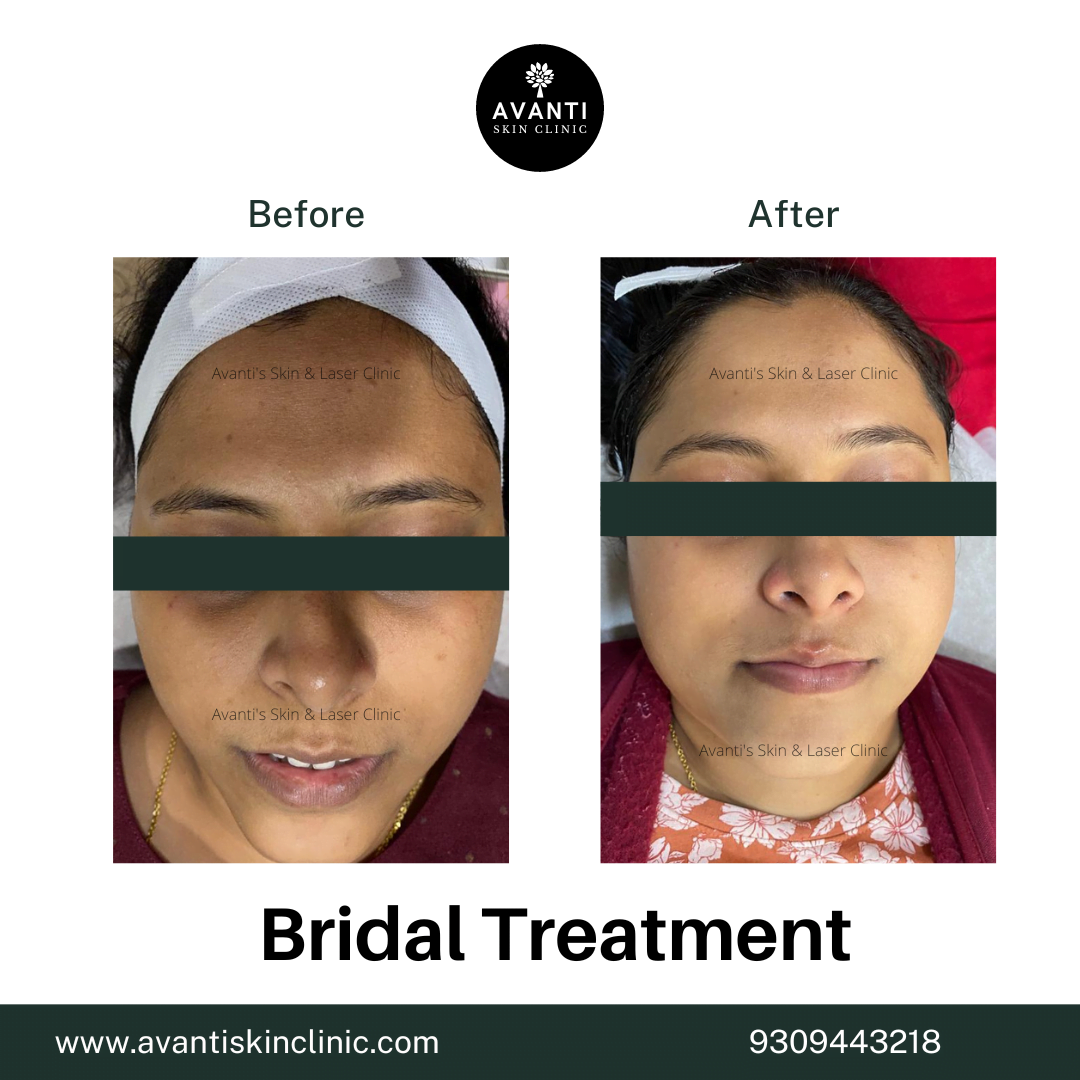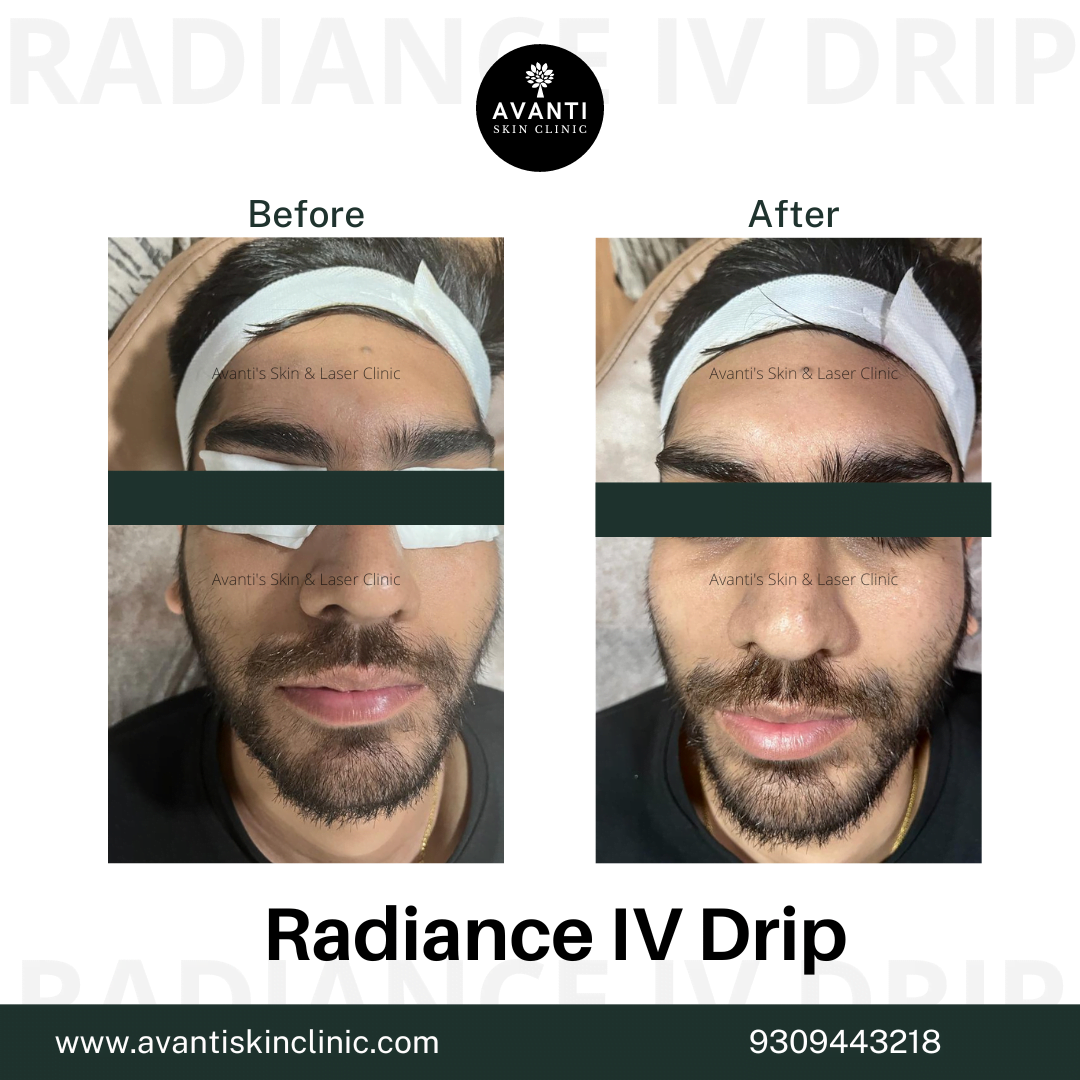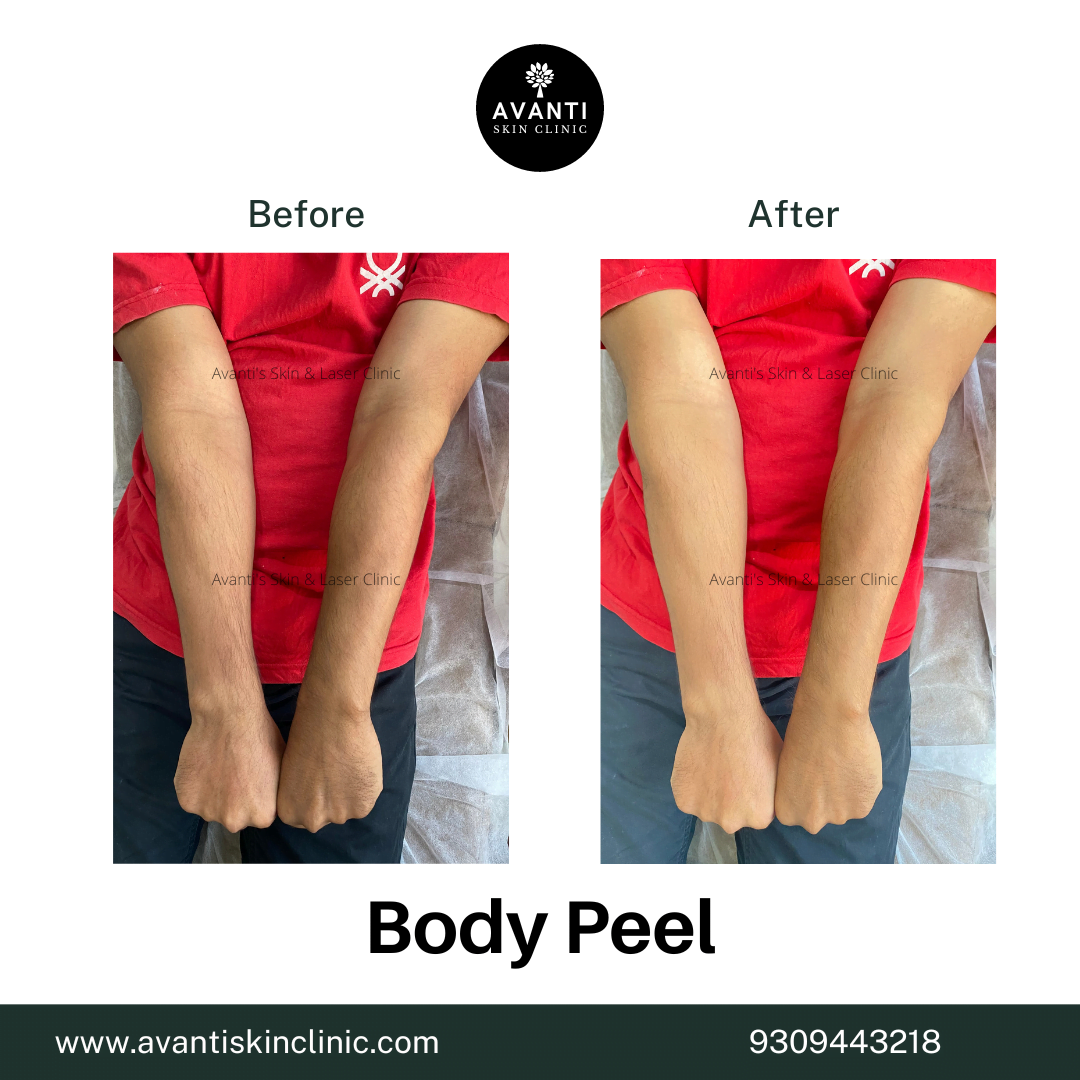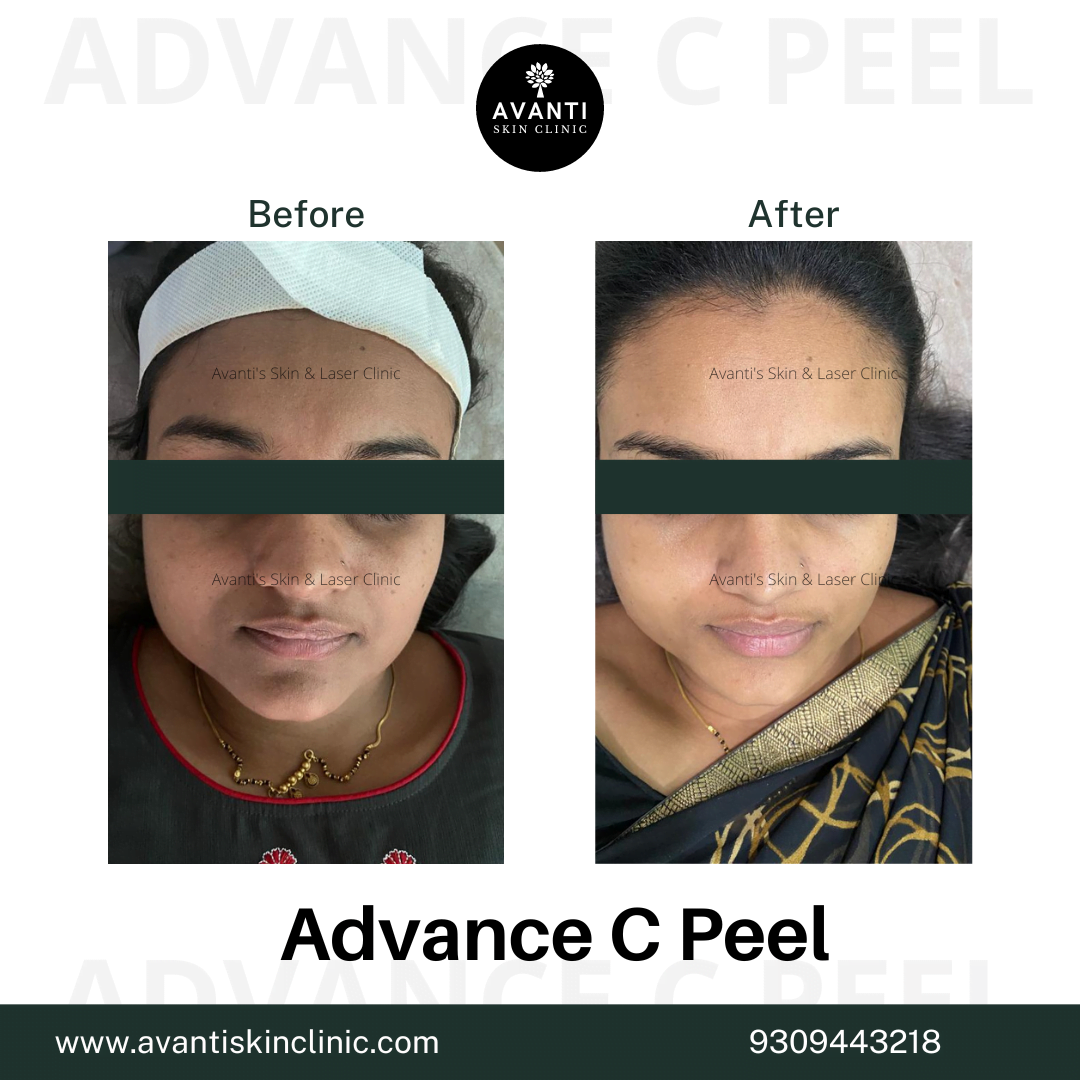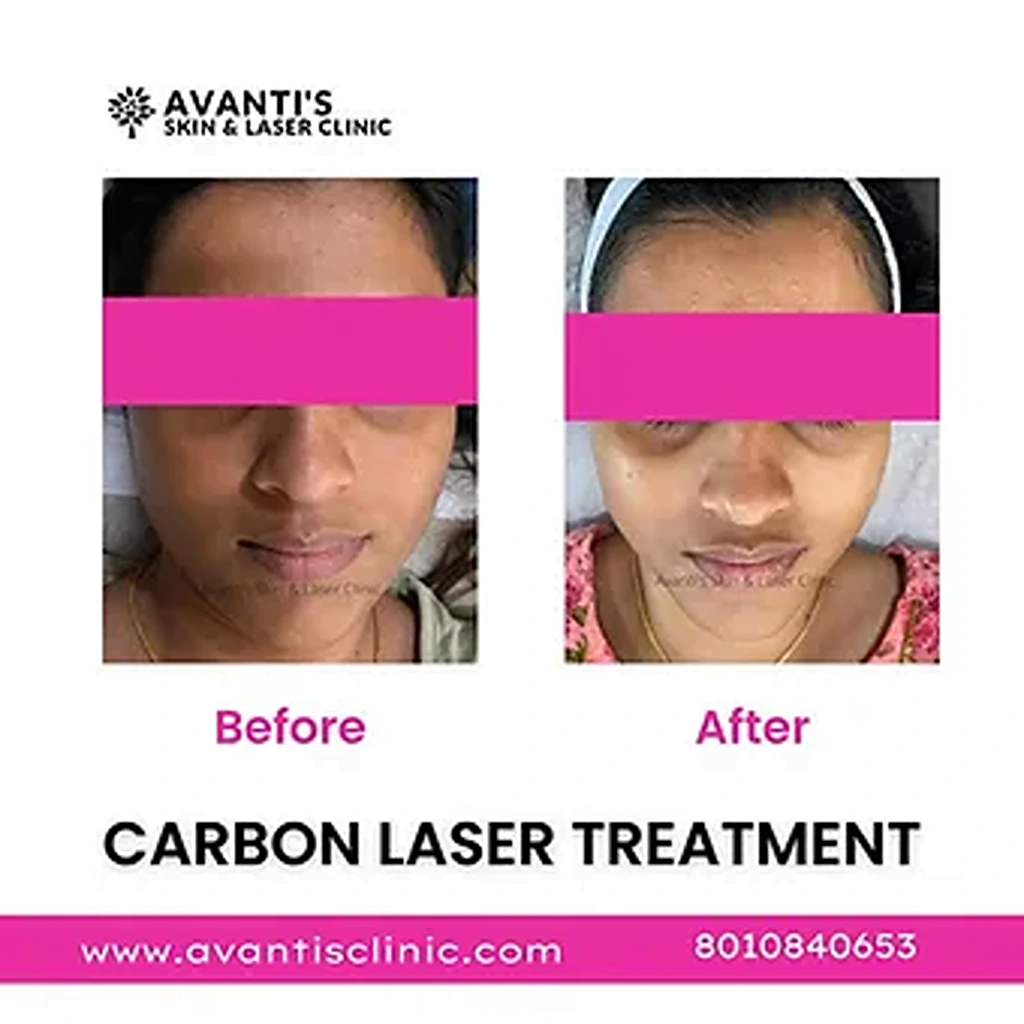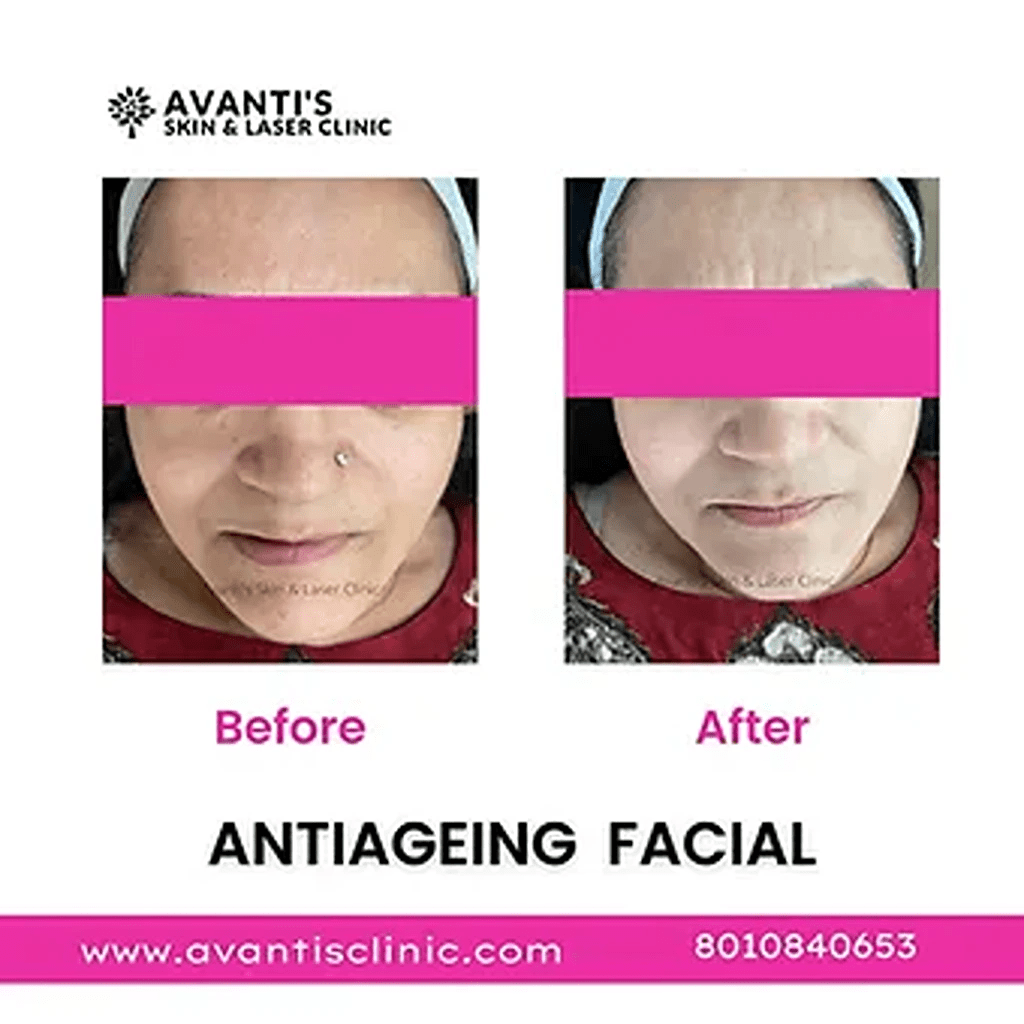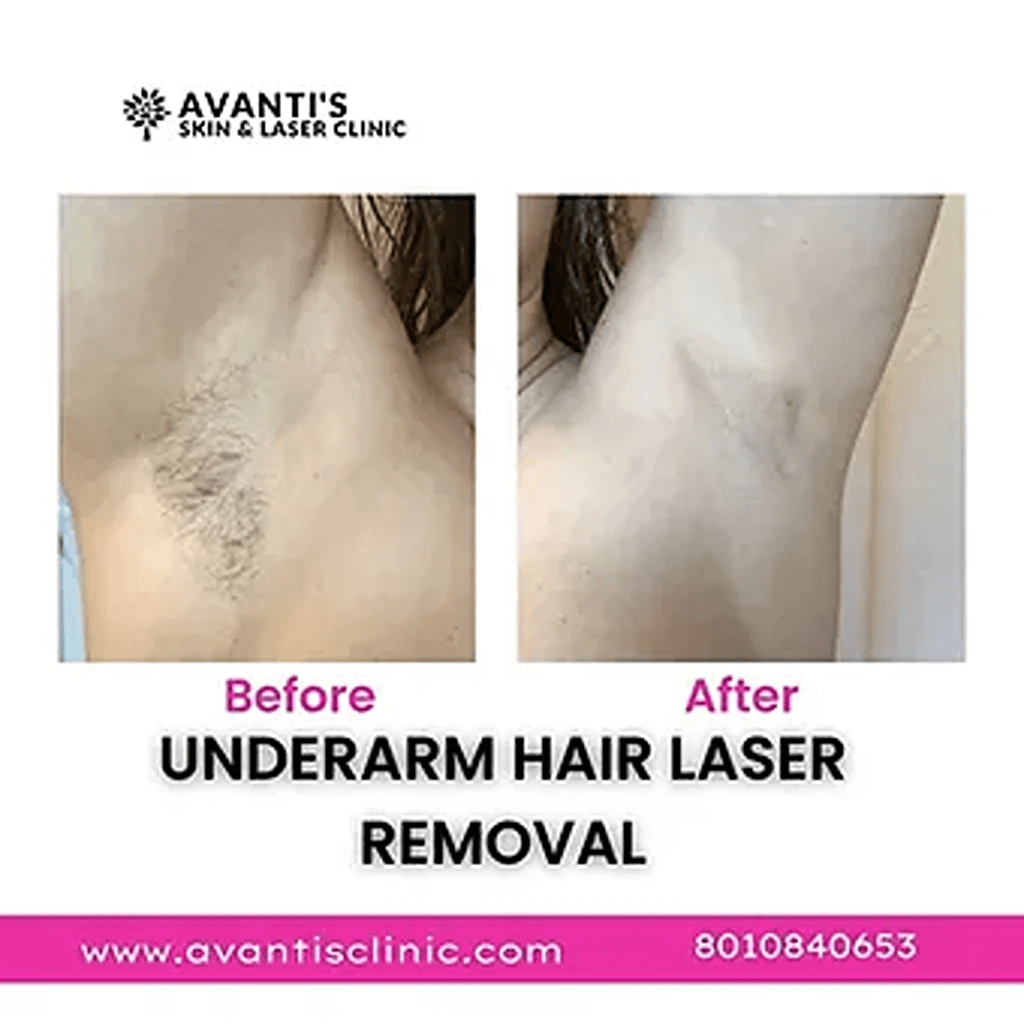- Skin polishing, as the name implies, is a professional technique that exfoliates your skin deeply, eliminates dead skin cell build-up and reveals the smooth skin beneath. This therapy is recommended prior to significant occasions such as weddings and large events. It is accomplished by cleaning your skin using handheld equipment or chemicals, as well as supplying important nutrients to the top layer. The treatment is excellent for hyperpigmentation, age spots, photoaging indications, and crow’s feet around the eyes. Skin polishing is suitable for all skin types and helps to improve the appearance of dull skin from within.
Before you try skin polishing, often known as microdermabrasion, here’s everything you need to know!
The Advantages of Skin Polishing Treatment
Here are some of the primary advantages of skin polishing:
- Even skin tone – Several sessions of skin polishing can help remove dark spots and pigmentation while also leveling out your skin tone.
- More effective than facials – Skin polishing is a more effective technique to treat your skin than salon facials.
- Beautiful skin – The process is popular among people who have important events coming up since it provides you glowing skin after just one session.
- Dead skin cell removal – Skin polishing aids in the removal of dead skin cells from the surface and the stimulation of new skin cell growth.
- Deep exfoliation – The technique exfoliates your skin deeply, eliminating build-up and boosting blood circulation in the face.
- Improved overall skin health and beauty – When compared to other treatments, skin polishing produces a more wholesome and overall effect.
What does skin polishing cost?
The skin polishing cost might range between Rs 1800 and Rs 10,000 depending on the technique used. The cost is also determined by the amount of skin polished and the criteria followed by your selected physician or aesthetician. The body polishing cost can also vary depending on the severity of the textured skin, which is why some women seek out skin polishing in the first place.
Now that you’re aware of the advantages, let’s have a look at the three types of skin polishing techniques accessible and the significant differences between them.
Microdermabrasion with crystals
Crystal dermabrasion sands away dead skin cells from the skin’s surface using aluminum oxide crystals. The handheld device fires these crystals at fast speeds, while a gentle vacuum pulls the dirt and grime left on your face.
The Advantages of Crystal Microdermabrasion
In nature, aluminum oxide is non-toxic. As a result, it is an allergy-free medication with few adverse effects. The procedure is beneficial for sun-damaged and aging skin that requires a little help looking younger. It aids in the reduction of acne, the lightening of acne scars, and the polishing of wrinkles and fine lines around the nose and mouth.
Aftercare for Crystal Microdermabrasion
Despite the fact that the stones are light, you may notice mild redness and sun sensitivity for a few hours. This normally disappears within 24 hours. To protect the skin, utilize hypoallergenic products and an SPF. For a few days, avoid using any acne treatments, hair colorants, hot showers, or other irritants on your face.
Microdermabrasion with Diamonds
Diamond dermabrasion exfoliates the top layer of skin with a portable diamond tip instrument. In contrast to crystal dermabrasion, this procedure is best suited for sensitive areas such as the under-eye and adjacent areas. The device also removes dead skin cells, revealing smoother skin beneath.
Advantages of Diamond Microdermabrasion
Because it is softer than crystal dermabrasion, diamond dermabrasion is frequently advised for young brides. This process polishes delicate parts of your face such as the area around your eyes and mouth, providing deep exfoliation to younger and firmer skin. It improves the overall texture and smoothness of your skin.
Aftercare for Diamond Microdermabrasion
This process, unlike crystal dermabrasion, requires more downtime to recuperate. In the meantime, leave your skin alone, avoid cosmetics for a few days, and avoid applying any topical treatments to your skin. Avoid exercise and hot showers for 24 to 48 hours, as elevated body temperatures can send your treated skin into overdrive. To speed up the healing process, avoid touching your face and remain hydrated.
Chemicals Peels
Chemical peels are skin-safe chemicals or fruit acids that are introduced into the skin. These chemicals are neutralized with cold water after being applied as a mask for a few minutes, and the top layer of your skin progressively peels away over the next few days. Chemicals such as glycolic acid, trichloroacetic acid, salicylic acid, lactic acid, and carbolic acid are used to improve the overall appearance and radiance of the skin.
The Advantages of Chemical Peels
Chemical peels are a good alternative for women who find external exfoliators too abrasive for their skin. It works by removing the top layer of skin and revitalizing your complexion. It also aids in the reduction of acne scars, age spots, freckles, dark patches, melasma, and dark spots.
Aftercare for chemical peels
Chemical peels are more likely to harm your skin than microdermabrasion. Avoid picking at the skin and instead allow the layers to come off naturally. Limit your skin’s sun exposure and always apply a broad-spectrum sunscreen with at least 30 SPF. The scaling will last 3-7 days, so make sure you carefully cleanse and moisturize the new skin that will appear underneath.
Did you know that?
Microdermabrasion can also be performed at home. There are various branded kits on the market that may provide you with polished skin in the comfort of your own house. They are less harsh than salon sessions and can be completed once a week for up to eight weeks. Before using any at-home microdermabrasion kit, consult your doctor. Furthermore, at-home skin polishing does not produce the same results as a clinic appointment.
Frequently Asked Questions About Body Polishing treatment
1. Are there any negative consequences to skin polishing?
A. Skin polishing has no adverse effects when performed under the direction of a certified dermatologist or aesthetician. It is common for any skin treatment to cause some redness on the skin. Certain types of skin polishing may be too much for ladies with sensitive skin, so see a dermatologist before deciding on a treatment
2. How long does it take to polish the skin?
A single session of skin polishing lasts 45 minutes to an hour, depending on the region treated. They range from four to six sessions, depending on the type of work required on one’s skin. Each session is separated by a two to three-week break.
3. Is skin polishing safe for all skin types.
A. Skin polishing, as a technique, is appropriate for all skin types. If you have sensitive skin, make sure you follow the post-treatment instructions to avoid any irritations. It is also advised to have skin polishing done by an experienced specialist who is skilled with hand-held instruments.

